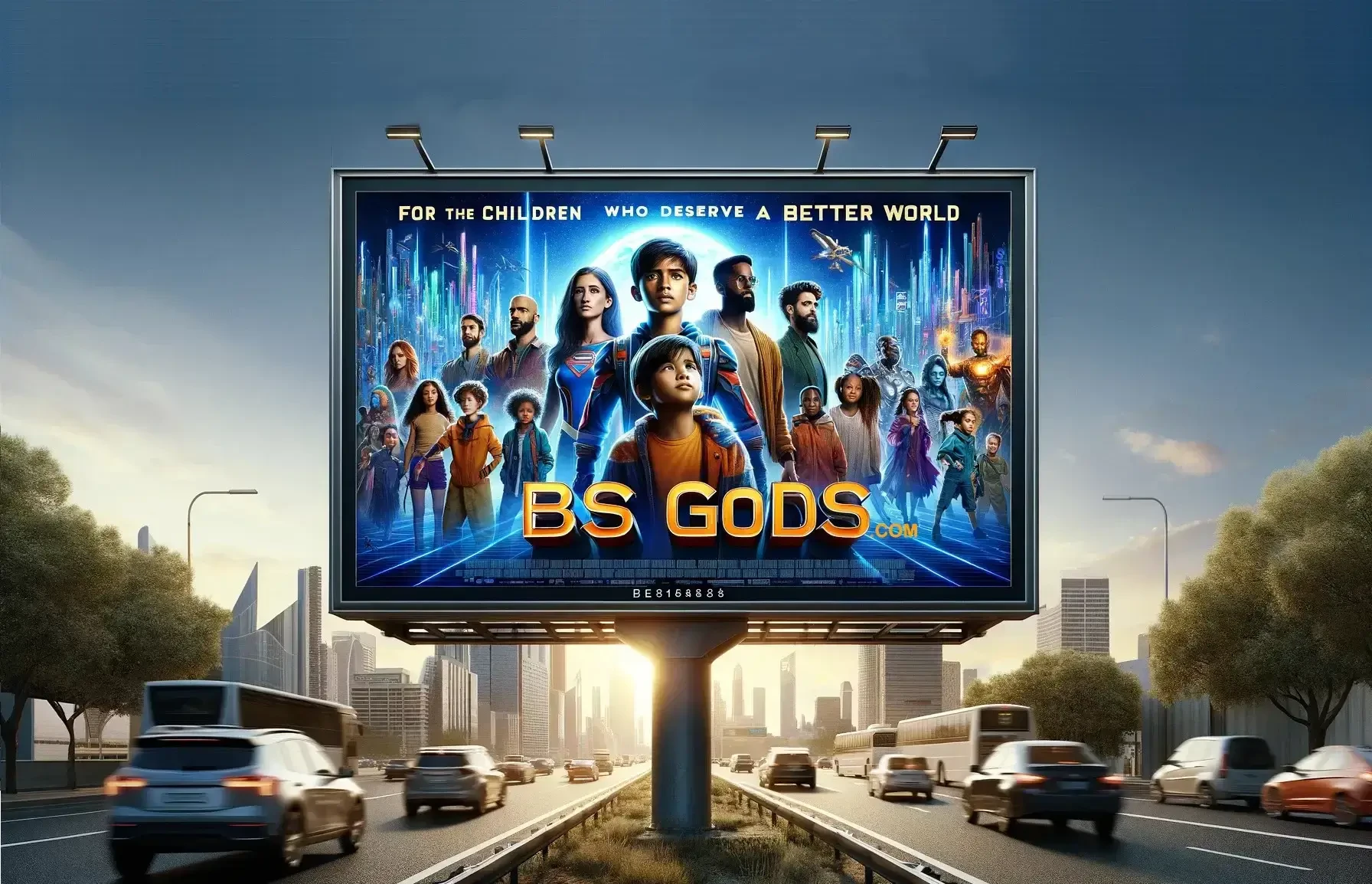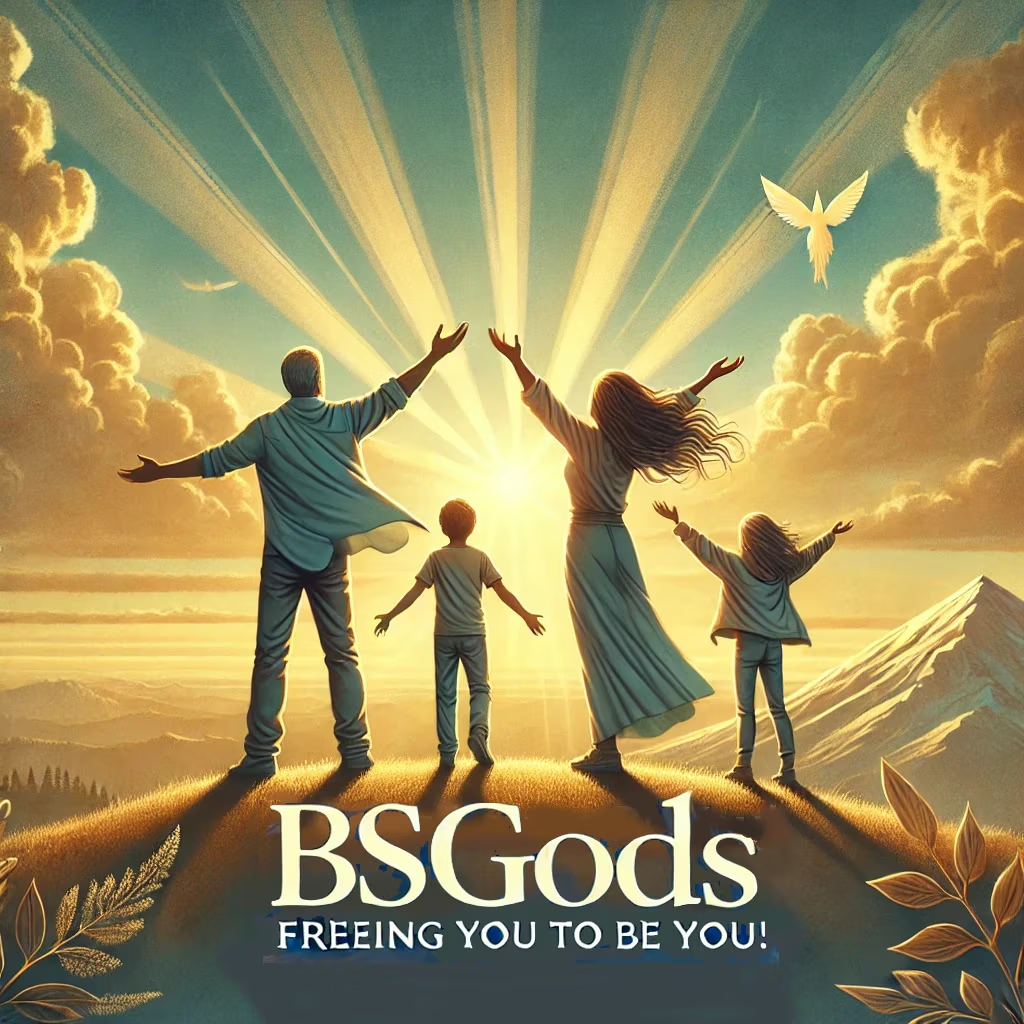A Quick History of Scripture
The Quran
The Quran, believed by Muslims to be the word of God as revealed to the Prophet Muhammad, was orally transmitted and later written down by Muhammad's companions after his death in 632 CE. However, no original copies of the Quranic revelations as written by the Prophet's companions exist today.
Early Manuscripts: The earliest existing Quranic manuscripts date back to the 7th and 8th centuries CE, within a few decades of Muhammad's death. These manuscripts include:
-
- The Sana'a manuscript, discovered in Yemen, which contains Quranic text from the late 7th century.
- The Topkapi manuscript and the Samarkand manuscript, both from the late 7th or early 8th centuries CE.
While these early manuscripts provide valuable insight into the early transmission of the Quran, they are not the original autographs. Islamic tradition holds that the Quran has been preserved accurately through both oral and written transmission, but like with the Bible, the oldest surviving copies are centuries removed from the original revelations.
The Bible
Old Testament (Hebrew Bible): The earliest texts of the Old Testament were written in Hebrew (with a few sections in Aramaic) over many centuries, with some books dating as far back as the 12th century BCE. However, none of the original manuscripts have survived. The oldest existing copies include:
-
- Dead Sea Scrolls: These texts date from the 3rd century BCE to the 1st century CE and contain portions of almost every book of the Hebrew Bible.
- Masoretic Texts: These are authoritative Hebrew texts copied by Jewish scribes, dating from around the 9th to 10th centuries CE.
- New Testament: The books of the New Testament were originally written in Greek between the 1st century CE and the early 2nd century CE. No original manuscripts of these texts have survived either. The earliest existing copies include:
- Papyri: Fragments of New Testament books, some dating as early as the 2nd century CE.
- Codices: Larger collections of New Testament writings, such as the Codex Sinaiticus and Codex Vaticanus, dating to the 4th century CE.
Scholars rely on these ancient copies and fragments to reconstruct the biblical text through textual criticism, comparing variations in different manuscripts to determine the most accurate version of the text.
The Torah
- Oral Tradition and Writing: The Torah was transmitted both orally and in written form over many centuries. According to Jewish tradition, the Torah was revealed to Moses by God around the 13th century BCE, but there are no surviving original manuscripts from this period.
- Ancient Manuscripts: The oldest surviving manuscripts of the Torah are much later copies:
- Dead Sea Scrolls: These include fragments of the Torah dating from the 3rd century BCE to the 1st century CE. The scrolls provide some of the oldest known textual evidence of the Hebrew Bible, including portions of the Torah.
- Masoretic Text: The Masoretic Text, which is the authoritative Hebrew text used in most Jewish and Christian traditions today, was standardized by Jewish scribes known as the Masoretes between the 7th and 10th centuries CE. The earliest complete copies of the Masoretic Text date from this period.
Textual Transmission
The text of the Torah, like the rest of the Hebrew Bible, has been preserved through careful copying by scribes over millennia. Jewish scribes developed meticulous methods to ensure accuracy in the transmission of the text, but variations still exist among different manuscript traditions (such as the Dead Sea Scrolls, the Samaritan Pentateuch, and the Masoretic Text).
Scholars use textual criticism to compare these variations and reconstruct the most accurate version of the Torah. However, since no original manuscripts have survived, we rely on these later copies to understand the text as it was passed down through history.
Just like the Bible and the Quran, no original autographs of the Torah have survived. The oldest manuscripts we have are copies made centuries after the original compositions.
To better understand the true origins of scripture, it's helpful to look at how myths and folktales transitioned from oral traditions to written texts. Many of the earliest religious stories were part of an oral tradition, shared by itinerant storytellers who captivated audiences with tales of gods, magic, and moral lessons. Over time, these stories were recorded and evolved into the sacred texts we recognize today, such as the Bible, Quran, and Torah.
Scholars have pointed out that these early narratives were heavily influenced by the cultures in which they were told. These folktales often contained mythical creatures, heroes, and gods that reflected the values and beliefs of the time. They were passed down through generations, gradually gaining religious significance and eventually being codified into scripture (Encyclopedia Britannica) (SpringerLink).
Moreover, as these stories became more influential, leaders saw an opportunity to use them for political and religious power. By claiming divine inspiration, these leaders and religious figures could assert greater control over their followers. This pattern of adapting oral traditions for authority is common across many cultures (Home).
Ultimately, many of these texts underwent revisions and edits over time, adapting to the changing needs of religious institutions and their followers. This continuous evolution reflects how deeply intertwined these stories are with human culture and politics, rather than being divine in origin (Moments Log) (Scotiana | Everything Scottish).
False Claims of Divine Inspiration:
The concept of "Divine Inspiration" has been a powerful tool for lending authority to religious texts. However, critical analysis has shown that these texts contain numerous contradictions, errors, and human biases, suggesting they are human creations rather than divinely inspired writings. Scholars use textual criticism to demonstrate how these scriptures evolved through human intervention, with claims of divine inspiration often retroactively added by religious authorities to strengthen their credibility (Encyclopedia Britannica).
Modern Parallels:
Historical and textual analysis shows that figures like Jesus and Muhammad bear similarities to modern charismatic religious leaders who claim divine authority. The methods they used to establish their religious movements can be seen in contemporary religious figures who also assert divine inspiration to gain followers and influence (Encyclopedia Britannica).
All of this underscores that scripture, far from being the infallible word of a deity, is deeply rooted in human history, politics, and mythology. No evidence of original manuscripts from any of today's major religions remains, meaning today's Torahs, Bibles and Qurans are all at best, copies of copies of copies that were adapted and readapted to the understandings of each new generation of scribes.





